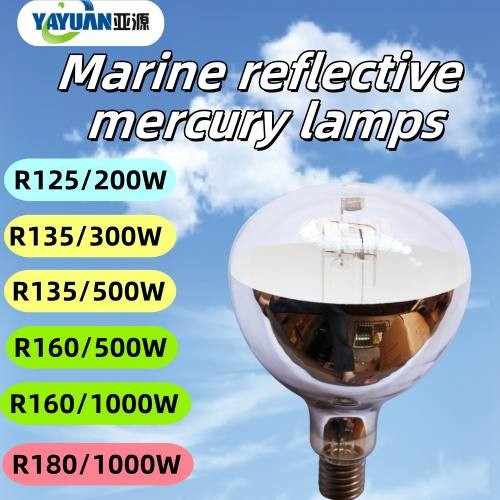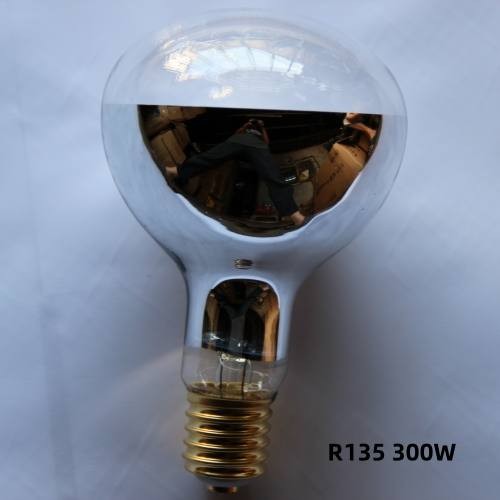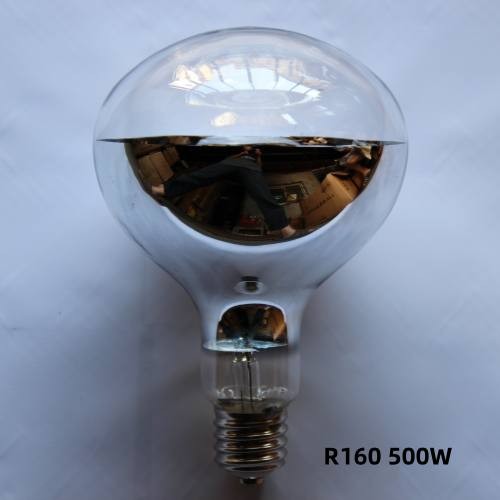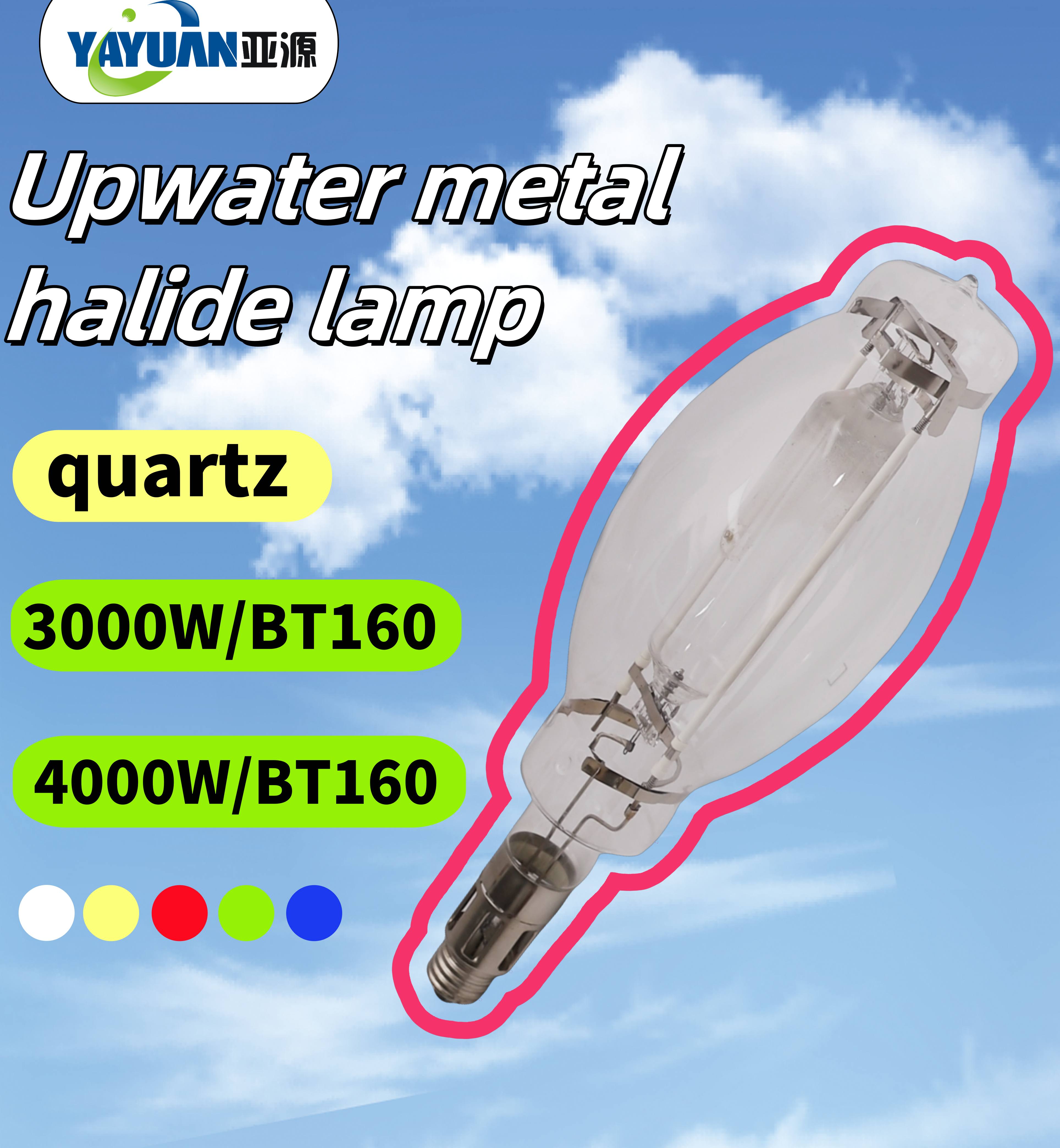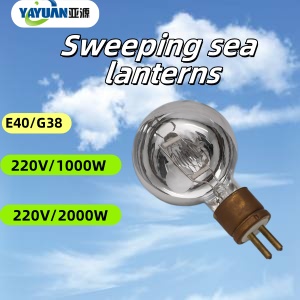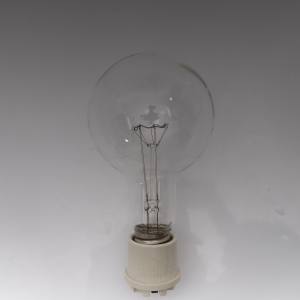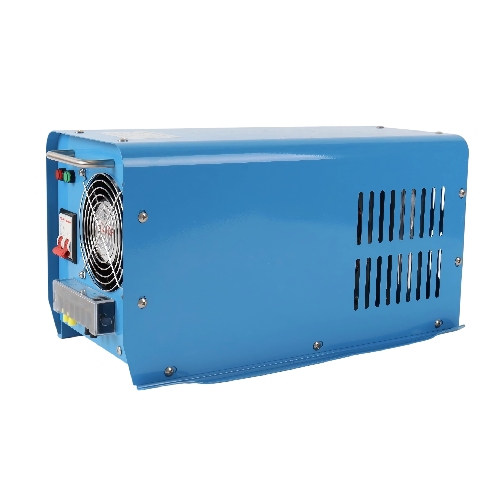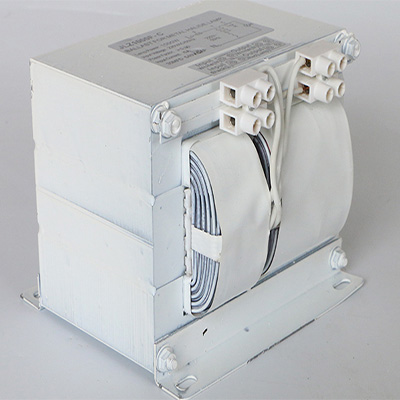Description
1. High Luminous Intensity and Efficiency
- Marine reflector mercury lamps deliver intense brightness with high luminous efficacy (up to 50–60 lumens per watt), making them suitable for long-distance illumination in maritime environments (e.g., ship navigation lights, harbor lighting).
- The reflector design focuses light into a directional beam, enhancing visibility for other vessels or coastal infrastructure, even in fog, rain, or low-light conditions.
2. Stable Light Output and Color Consistency
- These lamps produce a consistent blue-white light with a color temperature of ~4,300K, which cuts through water and air particles effectively, improving object 辨识度 (e.g., marking ship positions or navigation buoys).
- The light output remains stable throughout the lifespan (typically 5,000–10,000 hours), reducing the need for frequent adjustments or replacements on ships.
3. Durability and Resistance to Harsh Marine Environments
- Constructed with robust glass or quartz envelopes and sealed reflectors, they withstand saltwater corrosion, vibration from ship engines, and temperature fluctuations (e.g., between tropical and polar regions).
- The hermetic design prevents moisture ingress, ensuring reliable operation in high-humidity or submerged applications (e.g., underwater lighting for ship hull inspection).
4. Wide Operating Voltage Range
- Marine reflector mercury lamps are designed to function under the fluctuating voltage conditions common in ship electrical systems, maintaining stable performance without burnout or light degradation.
5. Long Lifespan for Reduced Maintenance
- Compared to traditional incandescent or halogen lamps, their lifespan is significantly longer (5–10 times more), minimizing maintenance costs and downtime for ships on long voyages.
6. Cost-Effective for High-Intensity Applications
- While initial costs are higher than basic incandescent lamps, their efficiency and longevity make them cost-effective for permanent marine installations (e.g., lighthouses, cargo ship lighting systems) where reliability and high output are critical.
